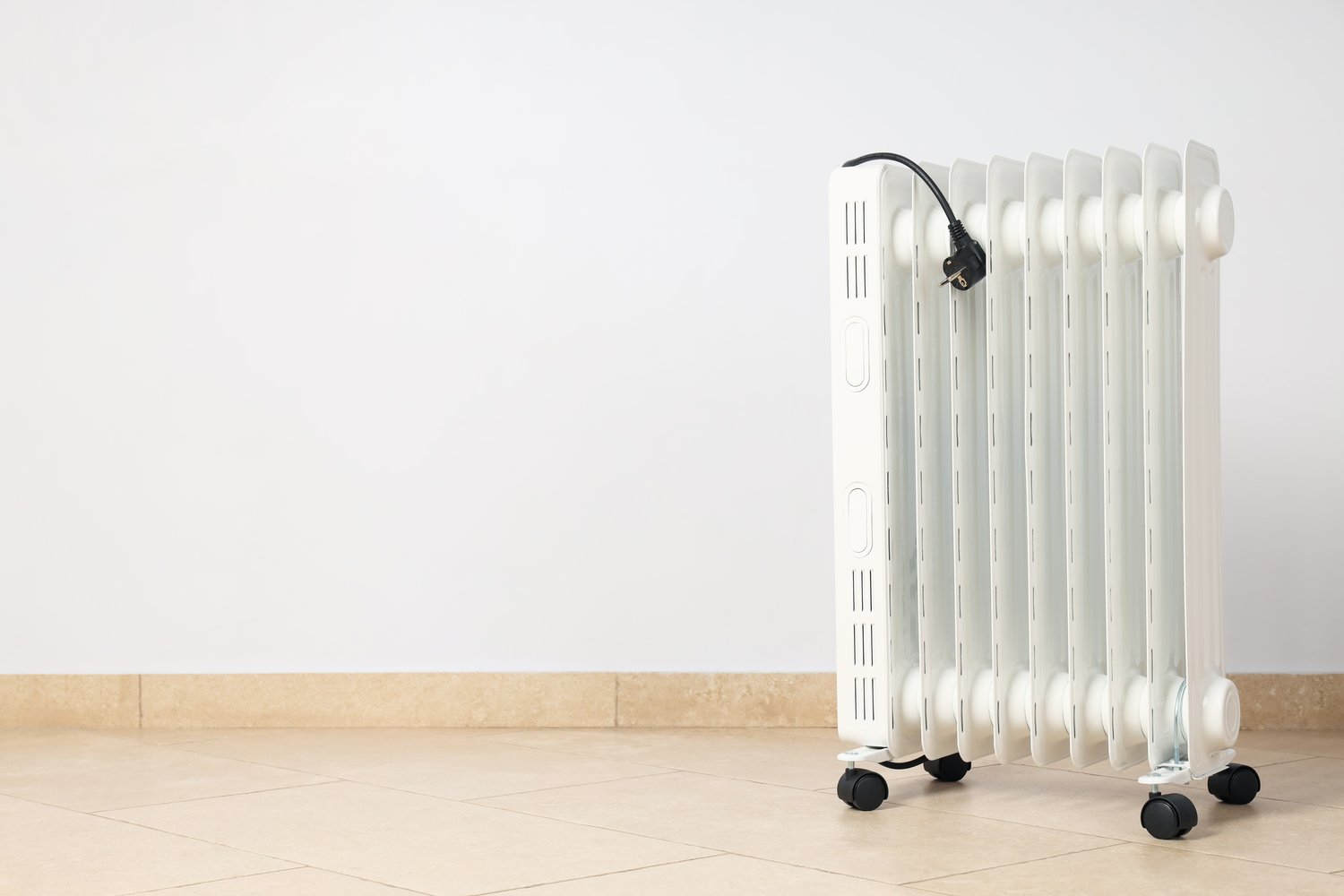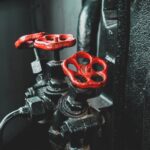Understanding electric heating systems
Electric heating has become increasingly popular in modern homes. These systems convert electrical energy into heat, providing warmth efficiently. There are various types of electric heating options available. Wall-mounted panel heaters offer a sleek, space-saving solution. Portable electric heaters provide flexibility for spot heating. Underfloor heating systems distribute warmth evenly across rooms.
Electric heating systems boast several advantages. They are 100% efficient at point of use, converting all electricity into heat. Installation is often simpler than traditional heating methods. Many electric heaters offer precise temperature control. This allows users to maintain optimal comfort levels. Some models feature programmable timers for automated operation.
Electric heating requires minimal maintenance compared to gas or oil systems. There are no moving parts to wear out or replace. This results in lower long-term costs for homeowners. Electric heaters also produce zero emissions at the point of use. This makes them an environmentally friendly option for eco-conscious consumers.
Choosing the right electric heater for your space
Selecting the appropriate electric heater depends on various factors. Room size is a crucial consideration when choosing a heater. A 10 square meter room typically requires a 1000-watt heater. Larger spaces may need multiple units or higher wattage models. Ceiling height also affects heating requirements. Rooms with high ceilings often need more powerful heaters.
Consider the intended use of the space when selecting a heater. Bedrooms benefit from quiet, low-wattage models with night setback features. Living areas may require more powerful heaters with adjustable thermostats. Bathrooms need specially designed, moisture-resistant electric heaters for safety.
Energy efficiency is another important factor in heater selection. Look for models with high energy ratings and advanced features. Some heaters offer adaptive start technology, which learns your routine. This feature ensures optimal temperature at the desired time. Others include open window detection to conserve energy when heat loss is detected.
Maximizing efficiency and comfort with electric heating
Proper insulation is key to maximizing electric heating efficiency. Ensure windows and doors are well-sealed to prevent heat loss. Adding insulation to walls and attics can reduce heating costs by up to 15%. Consider using thermal curtains or blinds to further minimize heat transfer through windows.
Strategic heater placement enhances warmth distribution. Position heaters on interior walls, away from windows and doors. This prevents heat from escaping to cooler areas. In larger rooms, use multiple smaller heaters instead of one large unit. This approach provides more even heat distribution and allows for zoned heating.
Utilize smart controls to optimize electric heating performance. Wi-Fi enabled thermostats allow remote temperature adjustment via smartphone apps. Some systems learn your preferences and adjust automatically. These smart features can reduce energy consumption by up to 25%. Implement a heating schedule that aligns with your daily routine for maximum efficiency.
Maintenance and safety tips for electric heaters
Regular maintenance ensures optimal performance of electric heaters. Clean or replace filters monthly in models equipped with them. Dust accumulation can reduce efficiency and pose fire risks. Inspect cords and plugs for signs of wear or damage. Replace any frayed or cracked components immediately.
Follow these safety guidelines when using electric heaters:
- Keep heaters at least 3 feet away from flammable objects
- Never leave heaters unattended or running while sleeping
- Avoid using extension cords with electric heaters
- Install smoke and carbon monoxide detectors in heated areas
Consider professional inspections for hardwired electric heating systems. An annual check can identify potential issues before they become problems. Electricians can verify proper wiring and connections. They may also recommend upgrades to improve efficiency or safety. Keep records of maintenance and inspections for warranty purposes.





